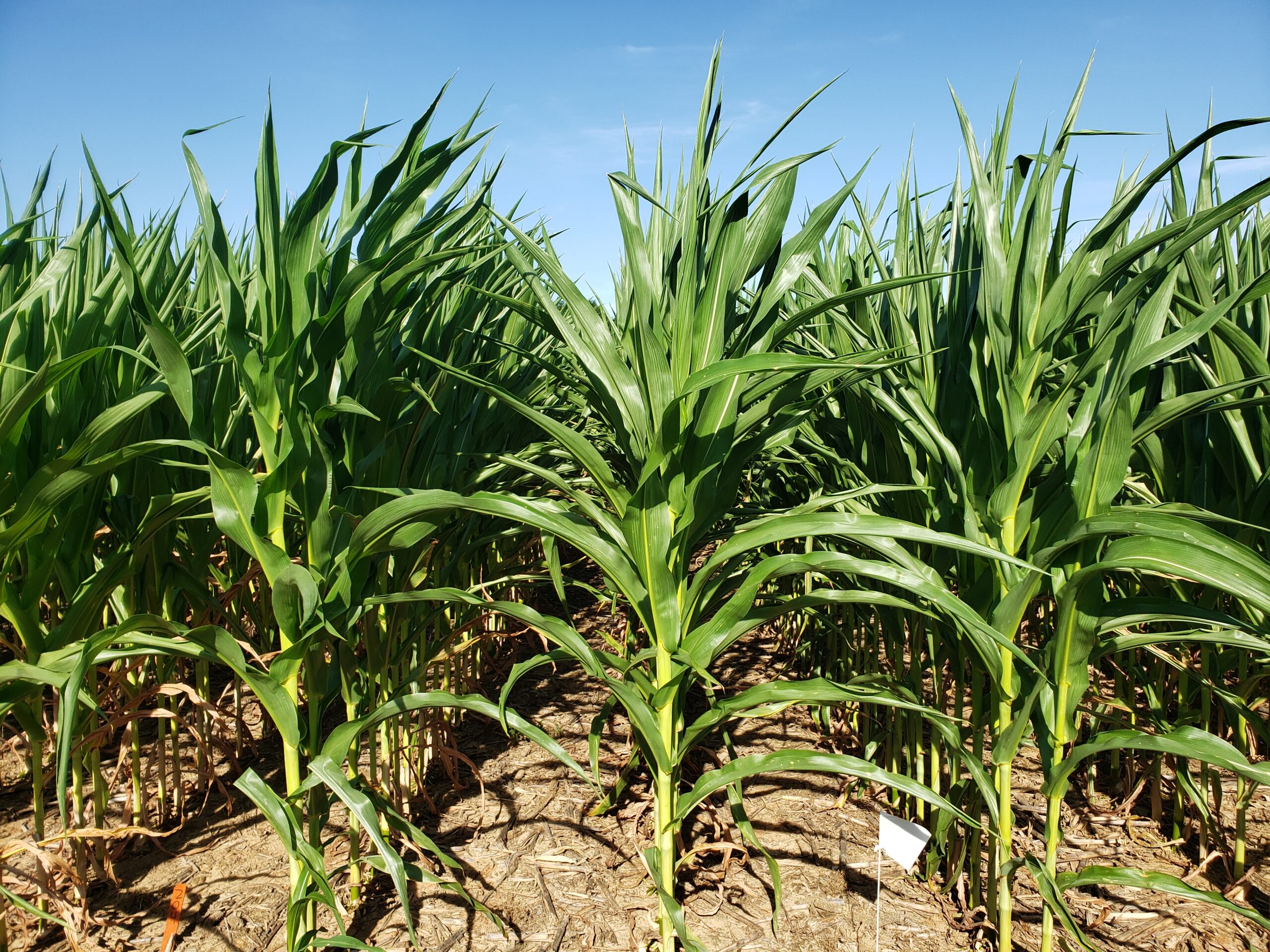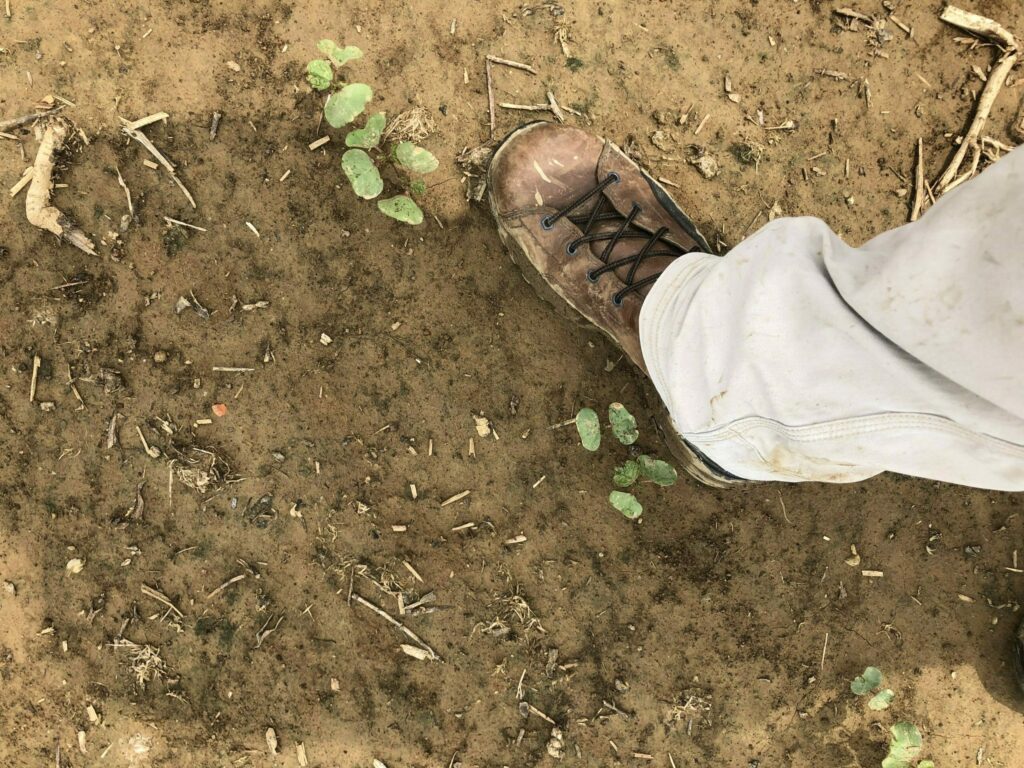UT’s Soybean Scout Schools will be held in July (see details below). These field-side programs cover the basics of soybean growth, scouting, pest identification, and general management. Three Pesticide recertification and CCA CEU points will be available. Scout Schools are offered free of charge with sponsorship from the Tennessee Soybean Promotion Board. Registration is not required. Participants will receive a scouting notebook and a sweep net while supplies last.
West TN – Madison County, July 17th, 9:00 AM – 11:30 AM. This school will be at the West TN Research and Education Center, 605 Airways Blvd. Jackson TN, 38301. Signs will be up at the station to direct you to the field.

Middle TN – Coffee County, July 18th, 9:00 AM – 11:30 AM. This school will be at Graham Farms,8141 Woodbury Hwy., Manchester, TN. Please contact Amy Willis Prince of the UT Coffee County Extension Office at 931-723-5141 or awillis2@utk.edu if you plan to attend.

East TN – Monroe County, July 19th, 9:00 AM – 11:30 AM. This school will be held at the Monroe County Farm Bureau Office 501 Main Street, Madisonville, TN 37354. Lunch will be provided. A head count is required for the meal, please contact Jonathan Rhea of the UT Monroe County Extension Office at 423-442-2433 or jrhea@utk.edu if you plan to attend.




 Large rainfall events and cool weather in late May strained Tennessee’s cotton crop. In some areas, individuals are considering replanting cotton that failed to emerge or cotton that appears to be just sitting. In other areas, reports of damaged or desiccated cotyledons have been reported and healthy, large cotyledons are hard to find most anywhere. In this blog, I cover a few rules of thumb to consider when determining whether or not to keep the stand and give a few words of advice to those that are considering May 30-something cotton.
Large rainfall events and cool weather in late May strained Tennessee’s cotton crop. In some areas, individuals are considering replanting cotton that failed to emerge or cotton that appears to be just sitting. In other areas, reports of damaged or desiccated cotyledons have been reported and healthy, large cotyledons are hard to find most anywhere. In this blog, I cover a few rules of thumb to consider when determining whether or not to keep the stand and give a few words of advice to those that are considering May 30-something cotton.